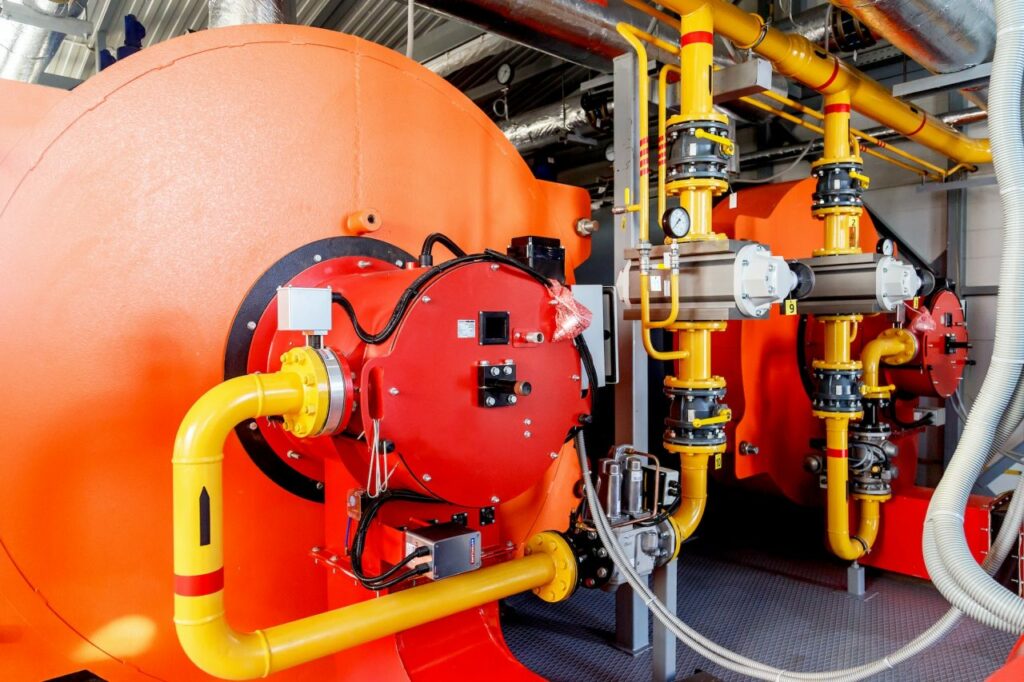In the current industrial environment, where sustainability and efficiency are top priorities, understanding technology such as the low NOx gas burner is essential. At Career Burner, we prioritize environmentally responsible solutions that benefit both our operations and the planet. This article will explain what a low NOx gas burner is, how it functions, and its advantages for businesses.
Understanding Low NOx Gas Burners
A low NOx gas burner is an advanced combustion device designed to reduce nitrogen oxide (NOx) emissions during the burning of natural gas or other fuels. NOx emissions are harmful pollutants that contribute to smog and respiratory problems, making it crucial for industries to minimize their output.
These burners utilize specific design features and combustion techniques to achieve lower emissions. By optimizing the combustion process, a low NOx gas burner ensures that fuel is used efficiently while minimizing the release of pollutants.
How Low NOx Gas Burners Work
Combustion Process
The operation of a low NOx gas burner revolves around two main principles: staged combustion and fuel/air mixing.
Staged Combustion: This technique involves burning fuel in multiple stages instead of all at once. By controlling the amount of air and fuel introduced at each stage, the combustion process can be managed to produce lower levels of NOx emissions.
Fuel/Air Mixing: Achieving optimal mixing of fuel and air is critical for efficient combustion. A low NOx gas burner uses specially designed nozzles and mixing chambers to ensure a uniform mixture. This homogeneous blend allows for more complete combustion, reducing the formation of NOx.
Design Features
The design of a low NOx gas burner includes several features aimed at minimizing emissions:
Flame Shape Control: The shape of the flame can be adjusted to ensure cooler burning temperatures, which helps reduce NOx formation.
Burner Modulation: Advanced control systems allow for adjustments in burner output based on demand, optimizing performance and emissions across varying operational conditions.
By combining these elements, low NOx gas burners can operate efficiently while adhering to environmental regulations.
Benefits of Low NOx Gas Burners
Environmental Compliance
One of the most significant advantages of using a low NOx gas burner is the ability to meet environmental regulations. Many industries face strict limits on NOx emissions, and implementing these burners can help avoid potential fines while demonstrating a commitment to sustainability.
Cost Efficiency
While the initial investment in a low NOx gas burner may be higher than traditional burners, the long-term savings can be substantial. Reduced fuel consumption and lower emissions translate to cost savings over time. Additionally, these burners often require less maintenance, further reducing operating costs.
Improved Operational Safety
Safety is a primary concern in industrial operations. Low NOx gas burners often come with features that enhance safety, such as better control over combustion conditions. This minimizes the risk of accidents related to combustion, ensuring a safer working environment.
Conclusion
At Career Burner, we believe that adopting technologies like the low NOx gas burner is vital for sustainable industrial operations. By understanding how these burners work and their benefits, businesses can make informed decisions that align with both regulatory requirements and corporate responsibility. As we move toward a more sustainable future, integrating low NOx gas burner technology is a prudent choice that can lead to improved efficiency, safety, and environmental compliance.




